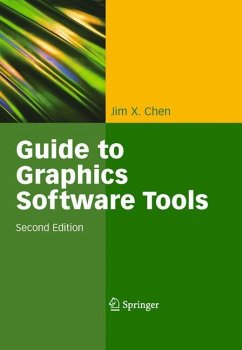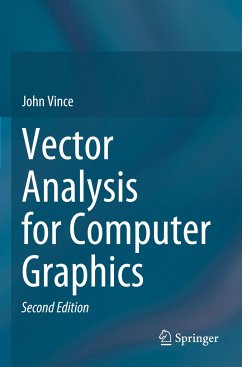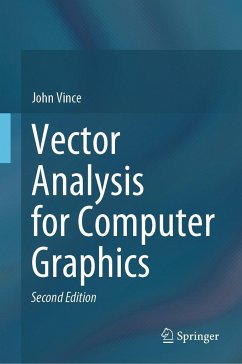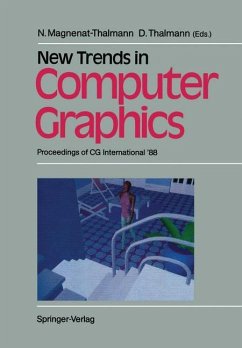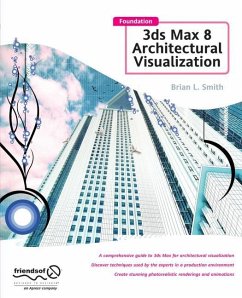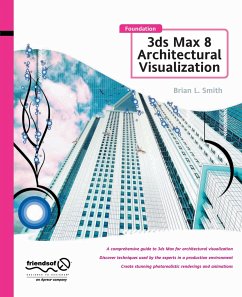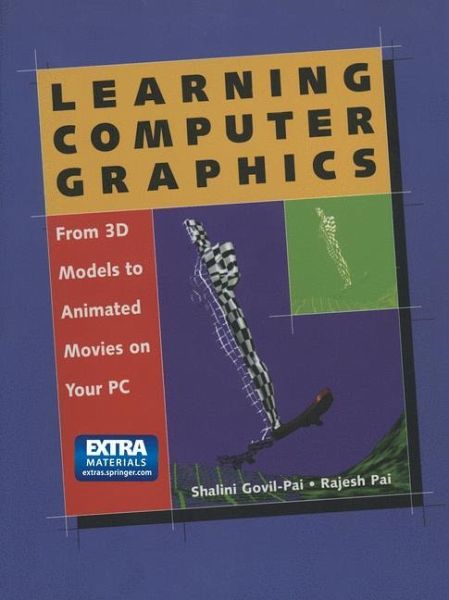
Learning Computer Graphics
From 3D Models to Animated Movies on Your PC

PAYBACK Punkte
26 °P sammeln!
The focus of this book is to introduce a beginner to the basics of computer graphics. The authors' approach is to provide an introduction to the four main concepts: modeling, rendering, animation, and image manipulation and to provide a "learning-by-doing" environment comprising plenty of hands-on exercises and software. The graphics library provided with the book will help to simplify the programming required of readers whilst providing a robust platform for experimentation. Exercises at the end of each chapter illustrate the principles covered.
Table of contents:
- Introduction
- Modeling
- Animation
- Rendering
- Post Production.
Table of contents:
- Introduction
- Modeling
- Animation
- Rendering
- Post Production.
- Modeling - creating objects in three-dimensional space. - Animation - assigning a time-varying geometry and behavior to the modeled object. - Rendering - creating a photorealistic image of the modeled object. - Image Manipulation - enhancing rendered images to produce desired special effects. This book is organized to give the reader a clear and concise over view of the above basic principles in computer graphics. New concepts introduced in a chapter are illustrated by hands-on projects using the software provided. The chapters are organized as described below: Chapter 1 providesanoverviewofcomputergraphics (CG) andhow it has evolved. It includes an introduction to computer graphics ter minology and definitions. Chapter 2 describes what modeling means in CG. The concept of wire frame models is elucidated. Basic models (sphere, cube, cylinder, cone, polygon) are covered and an insight into polygonal representa tions of other complex objects is also provided. The projects included in this chapter involve use of modeling concepts leamed in the chapter. Chapter 3 discusses animation in detail. Principles of frame ani mation and real time animation are explained. The reader is given the opportunity to animate the modeled objects from Chapter 2. Chapter 4 covers rendering of the wire frame objects created in Chapter 2. The fundamentals oflighting, shading, and texture mapping are discussed. The objects created in Chapter 2 are rendered by the user and the complete animation is seen in a rendered form.







